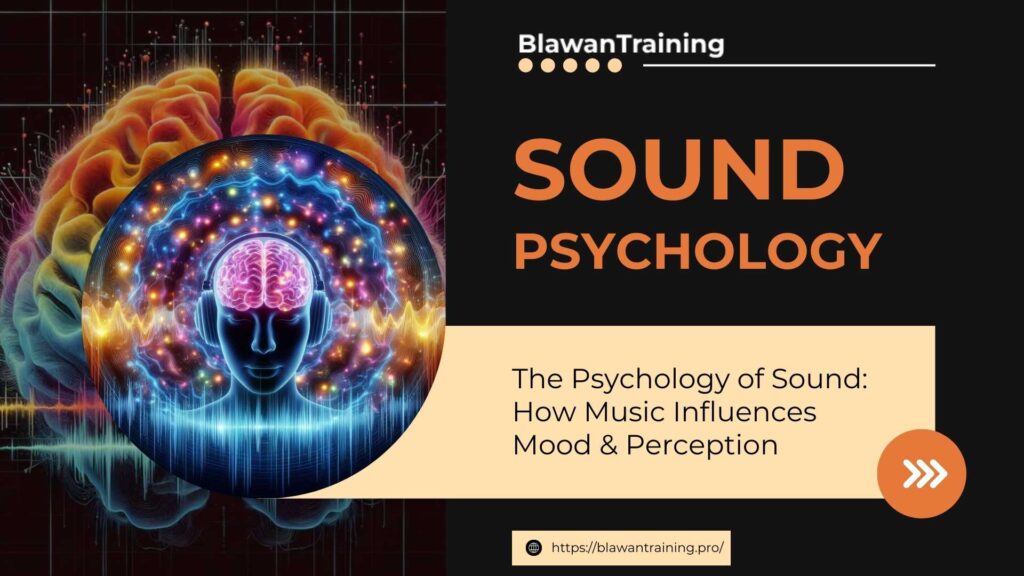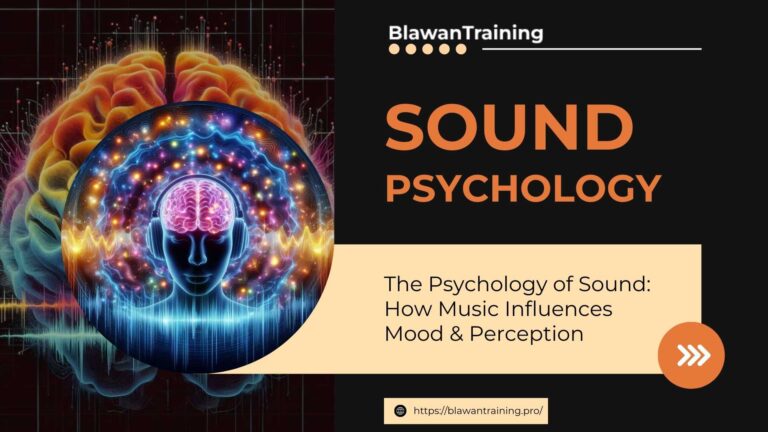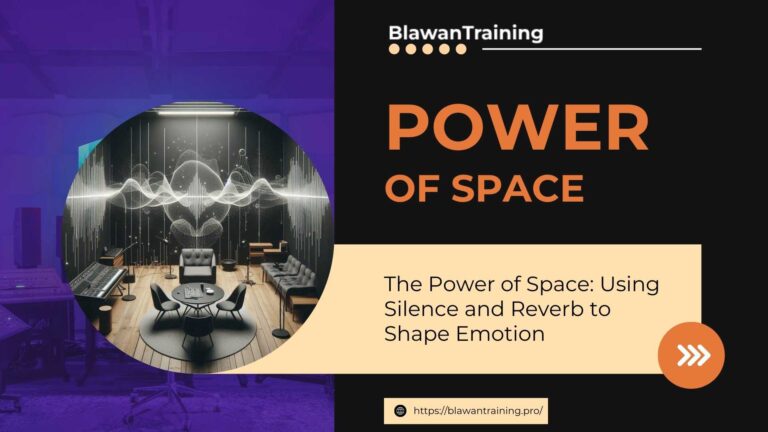
Psychology of Sound
Introduction: Psychology of Sound
The Psychology of Sound explores how musical elements impact our emotions, behaviors, and perceptions. From the soothing hum of ambient pads to the driving pulse of electronic beats, sound has the power to shape mood and influence cognitive processes. Understanding the Psychology of Sound is essential not only for listeners but also for music producers, filmmakers, and therapists who wish to harness audio’s emotional potential.
Understanding the Psychology of Sound
How the Brain Processes Music
When you hear music, auditory signals travel from the ears to the auditory cortex in the brain. This region decodes pitch, timbre, and rhythm, while interconnected areas including the amygdala and hippocampus, link those sounds to emotions and memories. The Psychology of Sound examines these neural pathways to reveal why a minor chord can evoke sadness or why a syncopated beat energizes us.
Emotional Responses to Musical Elements
- Pitch and Melody: Rising melodies often convey optimism, whereas descending lines can suggest resolution or melancholy.
- Harmony and Chords: Major chords typically feel bright and happy; minor chords lean toward introspection or tension.
- Dynamics and Volume: Sudden crescendos can trigger excitement, while soft passages encourage calm and introspection.
Music and Mood Regulation
Tempo, Rhythm, and Arousal
Tempo plays a key role in arousal levels. Fast tempos (e.g., 140–160 BPM) increase heart rate and adrenaline, making listeners feel more alert or excited. Slower tempos (e.g., 60–80 BPM) can reduce stress and induce relaxation. Producers use this insight from the Psychology of Sound to match musical pacing with intended emotional impact.
Harmony, Melody, and Emotion
The interplay of melody and harmony guides emotional coloring:
- Consonance vs. Dissonance: Consonant intervals create feelings of stability; dissonance introduces tension and drama.
- Melodic Contour: Smooth, stepwise melodies often feel soothing, while large leaps can be surprising or unsettling.
Perception and Cognitive Effects of Sound
Soundscapes and Spatial Processing
Spatial audio techniques like panning, reverb, and delay, craft immersive soundscapes that influence perception of space and depth. The Psychology of Sound shows that ambient reverb can evoke a cathedral-like vastness, while tight panning can simulate proximity and intimacy.
Memory, Attention, and Music
Music’s structure aids memory retention and attention management. Repetitive hooks and motifs help embed a tune in your mind, while sudden changes refocus attention. Advertisers and game designers leverage these principles to create memorable jingles and dynamic soundtracks.
Applying the Psychology of Sound in Music Production
Sound Design for Emotional Impact
By applying Psychology of Sound concepts, producers can sculpt sounds that evoke desired feelings:
- Filter Automation: Gradual filter sweeps can build anticipation.
- Layered Textures: Combining organic samples with synthesized pads enriches emotional depth.
Mixing Techniques to Shape Listening Experience
Mix engineers use spatial and dynamic controls to guide listeners:
- Stereo Imaging: Widening melodic elements to create openness, or centering vocals for focus.
- Dynamic Range: Preserving quiet-to-loud contrasts to maintain emotional tension and release.
Case Studies: Psychology of Sound
Film Scoring Techniques
Film composers study the Psychology of Music to underscore narrative moments. A soft piano motif in a poignant scene can evoke empathy, while low-frequency drones in a thriller build suspense without overt scare tactics.
Psychology of Sound in Music Therapy and Wellbeing
Therapists use structured music interventions like guided drumming or lullaby singing, to reduce anxiety, improve mood, and aid rehabilitation. These practices are grounded in the Psychology of Sound and its proven effects on stress hormones and neural plasticity.
Conclusion: Psychology of Sound
The Psychology of Sound empowers creators to move beyond guesswork and make informed decisions that resonate emotionally with their audience. By mastering how tempo, melody, harmony, and spatial elements influence mood and perception, you can craft powerful, memorable audio experiences.
At BlawanTraining, we delve deep into the Psychology of Sound, offering expert-led courses on sound design, synthesis, and mixing techniques that harness these psychological principles. Whether you’re a novice producer or a seasoned audio engineer, our hands-on tutorials and one-on-one tutoring will equip you to translate psychological insights into compelling music and soundscapes.
Ready to unlock the emotional power of your sound?
Explore BlawanTraining’s Courses and start your journey to mastering the Psychology of Music today.






